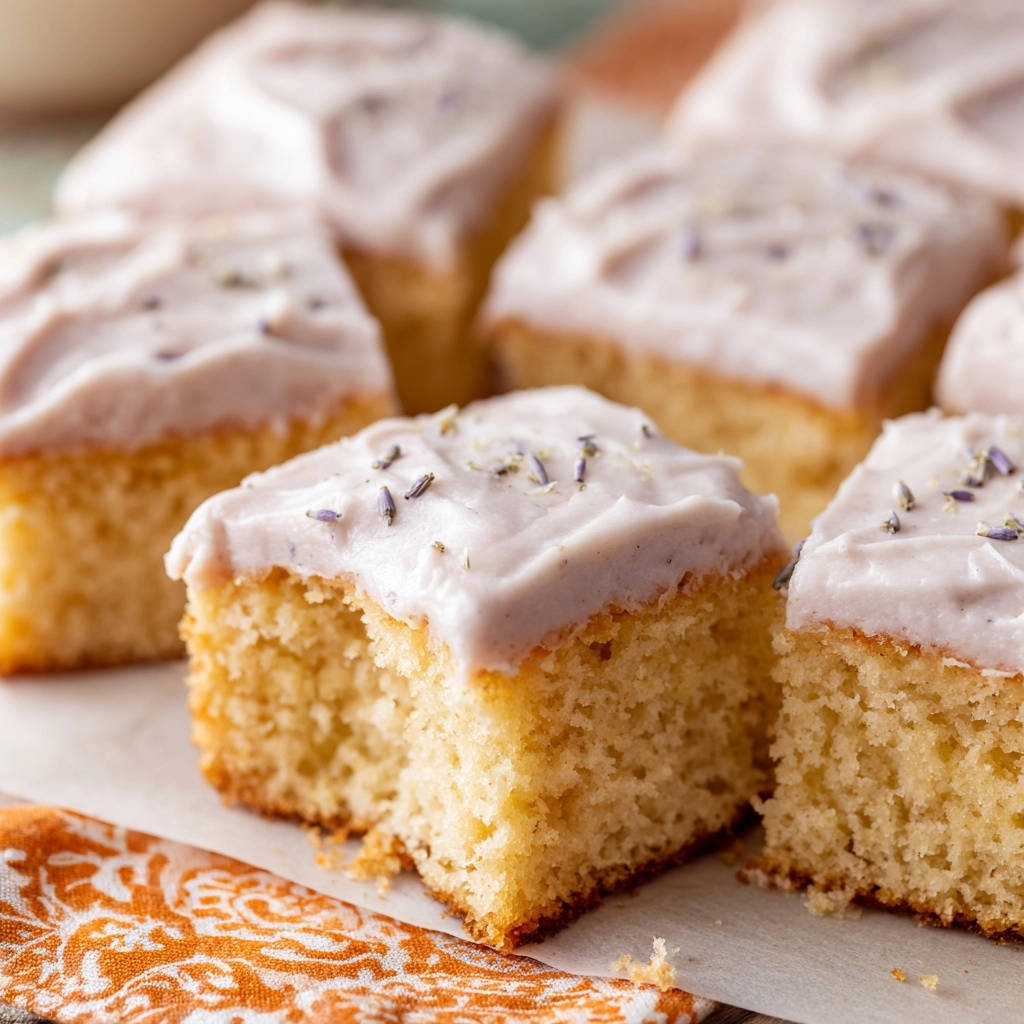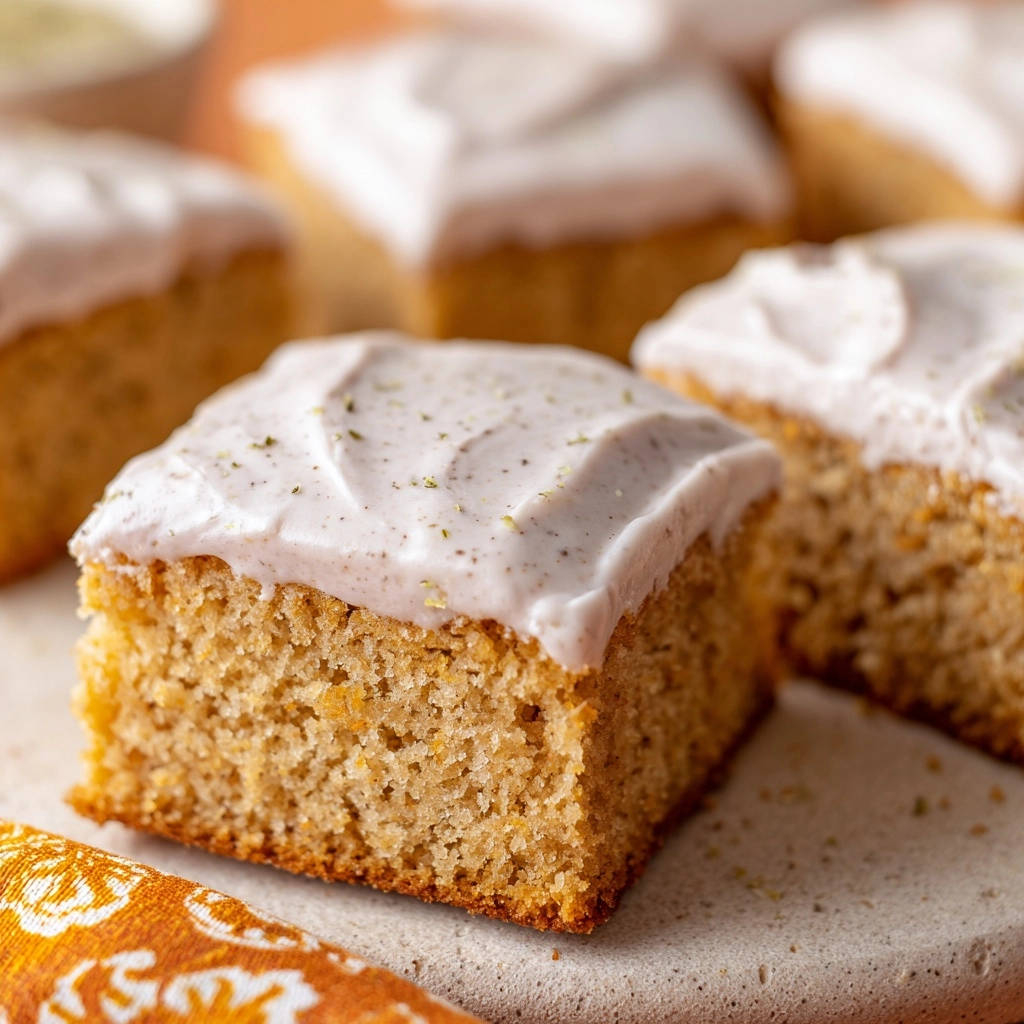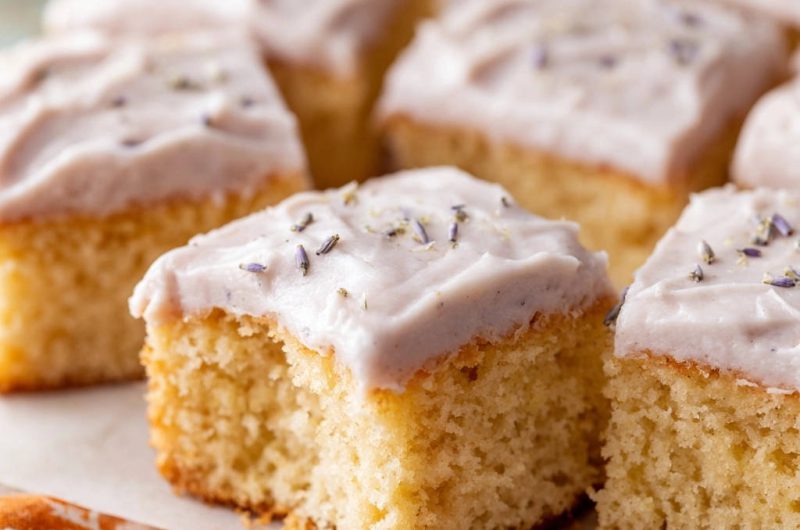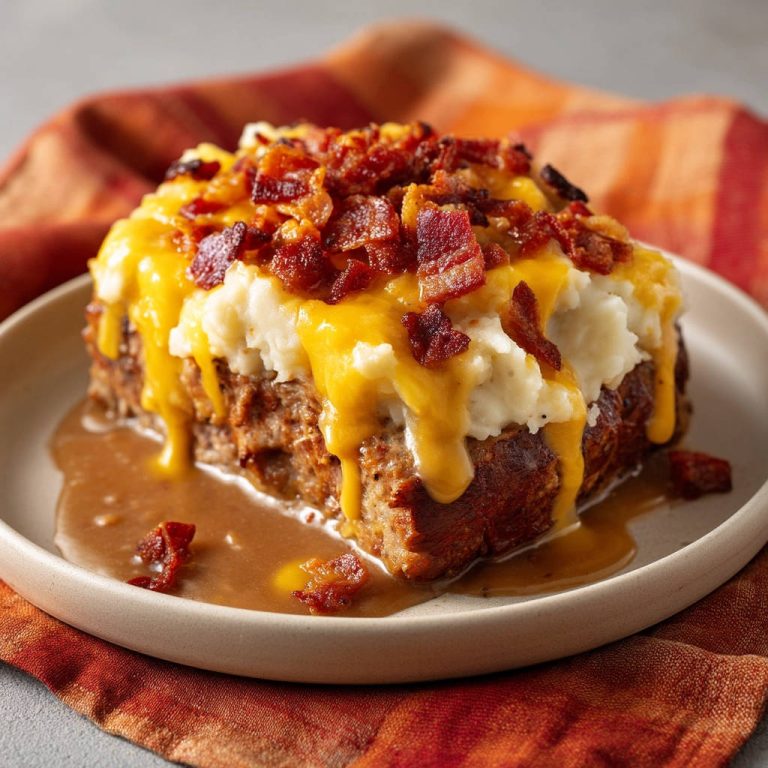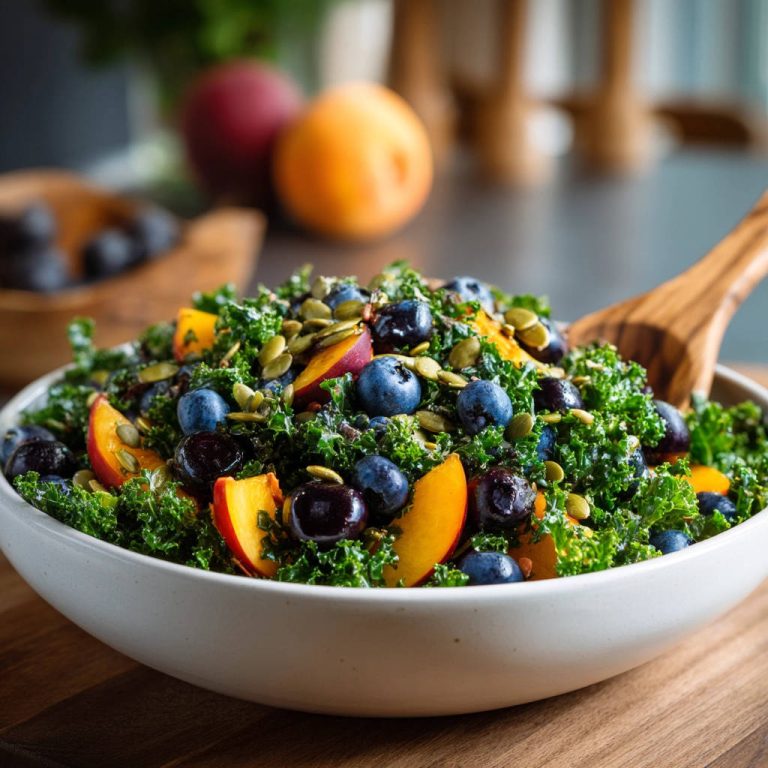There’s nothing quite as disappointing as biting into a seemingly perfect cake, only to find it dry and crumbly. For years, I struggled to achieve that consistently moist, tender crumb with simple sheet cakes. This Lemon Lavender Sheet Cake recipe is the culmination of countless tests, finally cracking the code to a truly melt-in-your-mouth experience that stays delightful for days.
The Secret to Our Melt-in-Your-Mouth Lemon Lavender Sheet Cake
Unveiling the “Never Dry, Always Delightful” Method
Our method focuses on two critical elements: precise mixing and vigilant baking. We emphasize gentle handling of the batter to prevent gluten overdevelopment, which is the primary culprit behind tough, dry cakes.
Combined with careful monitoring during baking, this recipe guarantees a tender crumb that remains moist, a stark contrast to many sheet cakes that quickly lose their freshness. If you love a cake that stays perfectly moist, you might also enjoy our decadent chocolate cake recipe, guaranteed never dry.
A Harmonious Blend of Bright Citrus & Soothing Floral
The magic of this Lemon Lavender Sheet Cake lies in its unique flavor profile. Bright, zesty lemon cuts through the richness, while subtle, soothing lavender adds an unexpected elegance.
These two distinct flavors complement each other beautifully, creating a sophisticated yet comforting taste that’s perfect for a variety of palates.
Effortless Elegance: Perfect for Any Occasion
Sheet cakes are inherently simple to prepare and serve, making them ideal for gatherings big or small. This recipe transforms that convenience into an elegant dessert suitable for any celebration.
It’s a versatile choice that brings a touch of gourmet flair without the fuss of more complicated bakes.
Gather Your Essentials: What You’ll Need for Perfection
Building Blocks for the Cake’s Tender Crumb
The foundation of a truly moist cake starts with the right ingredients and their preparation. All-purpose flour provides the necessary structure, while granulated sugar contributes sweetness and helps retain moisture.
Baking powder ensures a light, airy rise. Buttermilk is key to this cake’s tender crumb and tangy flavor, while vegetable oil adds incredible moisture without compromising texture.
Room temperature eggs and vanilla extract are essential for proper emulsification and rich flavor development.
Crafting the Velvety Lavender Buttercream
Our luxurious buttercream begins with softened unsalted butter, whipped until light and fluffy. Powdered sugar creates a smooth, melt-in-your-mouth consistency.
Culinary lavender extract infuses the frosting with its delicate floral aroma, perfectly balancing the bright lemon of the cake. A tiny drop of purple food coloring is optional, used merely to enhance the visual appeal with a hint of lavender hue.
Your Lemon Lavender Sheet Cake Baking Toolkit
To ensure a smooth baking process and the best possible results for your Lemon Lavender Sheet Cake, gather these essential tools:
9×13 Inch Baking Pan: The standard size for this sheet cake, ensuring even baking and easy slicing.
Large & Medium Mixing Bowls: For separating dry and wet ingredients before combining.
Whisk: Essential for thoroughly combining dry ingredients and gently blending wet ones.
Electric Mixer (Handheld or Stand): Highly recommended for achieving a light and fluffy buttercream, though a whisk can work with more effort.
Measuring Cups & Spoons: Accurate measurements are critical for baking success.
Rubber Spatula: For scraping down bowls and evenly spreading batter and frosting.
Wire Cooling Rack: Allows air circulation around the cake, crucial for proper cooling.
Wooden Skewer or Toothpick: Your reliable test for cake doneness.
Bake Your Best: A Guided Tour to Lemon Lavender Perfection
- Prepare Your Pan & Preheat Oven:
Ensure your 9×13 inch baking pan is properly greased and floured, or lined with parchment, to prevent sticking. Preheat your oven to 350°F (175°C) to ensure a consistent baking temperature from the start.
- Combine Dry Ingredients:
In a large bowl, thoroughly whisk together the all-purpose flour, granulated sugar, baking powder, and salt. This step is crucial for an even rise and distribution of leavening agents throughout the cake.
- Whisk Wet Ingredients Separately:
In a separate medium bowl, gently whisk together the room-temperature buttermilk, vegetable oil, large eggs, vanilla extract, and fresh lemon zest. Whisk just until they are combined, avoiding over-aeration.
- Combine Wet & Dry (The Key to Moistness):
Pour the prepared wet ingredients into the bowl with the dry ingredients. Mix on low speed with an electric mixer, or by hand with a whisk, just until the ingredients are barely combined. Do not overmix! Overmixing develops gluten excessively, which is the primary culprit behind tough, dry cakes. A few small lumps are perfectly acceptable and indicate you’ve mixed just enough.
- Pour Batter Evenly:
Carefully pour the cake batter into your prepared 9×13 inch baking pan, spreading it evenly to ensure uniform baking.
- Bake to Perfection (Avoid Overbaking!):
Bake for 25-30 minutes, or until a wooden skewer inserted into the center comes out with moist crumbs attached, but no wet batter. This is the second crucial step to prevent dryness; look for lightly golden edges as a visual cue. Overbaking will quickly lead to a dry cake.
- Cool Completely Before Frosting:
Allow the cake to cool completely in the pan on a wire rack. This step is critical; frosting a warm cake will cause the buttercream to melt and slide off, ruining the texture and appearance.
- Prepare the Lavender Buttercream:
While the cake cools, beat the softened unsalted butter in a large bowl with an electric mixer until it is light and fluffy. Gradually add the powdered sugar, one cup at a time, alternating with splashes of milk or heavy cream, until the mixture is smooth and creamy. Beat in the culinary lavender extract. For a gentle lavender hue, add a tiny drop of purple food coloring and mix until well combined.
- Frost & Garnish:
Once the cake is fully cooled, spread the luscious lavender buttercream evenly over the top. Garnish with dried culinary lavender buds and fresh lemon zest, if desired, for an extra touch of beauty and flavor. Cut into squares and serve immediately.
Elevate Your Bake: Expert Tips for a Flawless Finish
-
Room Temperature Ingredients are Non-Negotiable: Ensure your buttermilk, eggs, and butter are at room temperature. This allows them to emulsify properly, creating a smoother batter and a more uniform, tender crumb in your Lemon Lavender Sheet Cake.
-
The “Barely Mixed” Principle: As highlighted in the instructions, overmixing is the enemy of a moist cake. Stop mixing the moment the wet and dry ingredients are just combined, even if a few small lumps remain. This preserves the delicate structure and ensures tenderness.
-
Trust the Skewer Test for Doneness: Ovens vary, so relying solely on time can be misleading. A wooden skewer inserted into the center of the cake should come out with moist crumbs clinging to it, not wet batter. If it’s completely clean, your cake might be slightly overbaked.
-
Perfecting Buttercream Consistency: If your buttercream is too stiff, add milk or cream a teaspoon at a time until desired consistency. If it’s too thin, gradually add more powdered sugar. Beat well after each addition.
-
Garnishing for Impact: Don’t skip the fresh lemon zest and dried culinary lavender buds for garnish. They add visual appeal, reinforce the flavors, and elevate the “special occasion” feel of your Lemon Lavender Sheet Cake.
Common Cake Quandaries & Simple Solutions
Why is My Cake Dry and Crumbly?
The most common culprits are overmixing the batter or overbaking. Ensure you mix only until just combined and remove the cake from the oven as soon as the skewer test is passed.
Additionally, make sure your ingredients (especially buttermilk and eggs) were at room temperature, which helps with proper emulsification and moisture retention.
My Buttercream is Too Runny (or Too Stiff)!
If your buttercream is too runny, gradually add more powdered sugar until it reaches the desired consistency. If it’s too stiff, add milk or heavy cream, a teaspoon at a time, beating well after each addition until it loosens up.
The Cake Sunk in the Middle!
This often happens if the cake is underbaked, removed from the oven too early, or if the oven door was opened too frequently during baking. Ensure your oven temperature is accurate and resist the urge to peek until near the end of baking time.
Tailor-Made: Creative Variations & Flavor Enhancements
Dietary Adaptations: Gluten-Free & Dairy-Free Options
For a gluten-free Lemon Lavender Sheet Cake, you can substitute the all-purpose flour with a high-quality 1:1 gluten-free baking blend that contains xanthan gum. Ensure it’s designed for cakes.
To make it dairy-free, use a plant-based buttermilk substitute (such as almond milk with a teaspoon of lemon juice) and a good quality plant-based butter alternative for the buttercream.
Beyond Lavender: Exploring New Flavor Profiles
While lemon and lavender are a divine pairing, you can experiment! Consider adding a touch of almond extract for a nutty depth, or a different floral extract like rose for a delicate twist.
You could also incorporate poppy seeds into the batter for added texture and a classic lemon-poppy seed combination. If you’re a fan of lemon desserts, you might also enjoy making this easy lemon crumb pudding that’s guaranteed gooey.
Presentation Prowess: Garnish Ideas
Beyond the classic lemon zest and lavender buds, consider candied lemon slices, edible flowers, or a light dusting of powdered sugar for an elegant finish. A simple drizzle of lemon glaze can also add an extra layer of citrusy zing.
Serving Your Masterpiece & Storing for Lasting Delight
Best Ways to Slice & Serve
For clean slices, use a sharp, warm knife. You can warm your knife by running it under hot water, wiping it clean, and then slicing. Wipe the knife between each cut for the neatest edges.
This Lemon Lavender Sheet Cake is delightful on its own, but it also pairs beautifully with a dollop of fresh whipped cream or a scoop of vanilla bean ice cream.
Keeping Your Sheet Cake Fresh: Storage Secrets
Store your frosted Lemon Lavender Sheet Cake in an airtight container at room temperature for up to 2-3 days. If your kitchen is very warm, or if you prefer a firmer buttercream, it can be refrigerated for up to 5 days.
If refrigerating, allow it to come to room temperature for about 30 minutes before serving for the best flavor and texture.
Make-Ahead Magic: Prep & Freeze Tips
You can bake the cake layers up to 2 days in advance. Once completely cooled, wrap them tightly in plastic wrap and store at room temperature. For longer storage, freeze the unfrosted cake layers, double-wrapped, for up to 2-3 months. Thaw at room temperature before frosting.
The buttercream can also be made ahead and stored in an airtight container in the refrigerator for up to a week. Before using, bring it to room temperature and re-whip until light and fluffy again.
Lemon Lavender Sheet Cake FAQs: Your Questions Answered
Can I use fresh lavender instead of extract?
Yes, you can! Steep 1 tablespoon of culinary lavender buds in 1/4 cup of warm milk (from the buttercream ingredients) for about 15-20 minutes, then strain out the buds before using the infused milk in your buttercream. This method provides a delicate, natural lavender flavor.
What if I don’t have buttermilk?
You can easily make a buttermilk substitute at home. For 1 cup of buttermilk, add 1 tablespoon of white vinegar or lemon juice to a liquid measuring cup, then fill the rest of the way with regular milk (dairy or non-dairy). Let it sit for 5-10 minutes until it slightly curdles before using.
How do I know if my lavender is “culinary”?
Culinary lavender is specifically grown for consumption and is free from pesticides and chemicals. It’s usually labeled as “culinary grade” or “food grade.” Avoid lavender sold for crafts or potpourri, as it may not be safe to eat.
Can this recipe be made in a different size pan?
While the 9×13 inch pan is ideal for a sheet cake, you can adapt it to a 9-inch round pan (for a thicker cake, extend bake time slightly) or cupcakes (reduce bake time significantly to 18-22 minutes). Always adjust baking time and keep a close eye on doneness.
Ready to Bake? Share Your Lemon Lavender Creation!
Now that you have all the secrets to a perfectly moist and flavorful Lemon Lavender Sheet Cake, it’s time to get baking! This elegant dessert is sure to impress, whether it’s for a special occasion or just a delightful treat for your family.
Don’t forget to share your beautiful creations and let us know how your cake turns out!
Lemon Lavender Sheet Cake
Course: DessertCuisine: American CuisineDifficulty: easy12
servings20
minutes25
minutes45
minutesAmerican Cuisine
Ingredients
For the Cake:
2 and 1/4 cups all-purpose flour
1 and 3/4 cups granulated sugar
1 tablespoon baking powder
1/2 teaspoon salt
1 cup buttermilk (room temperature)
1/2 cup vegetable oil
2 large eggs (room temperature)
1 teaspoon vanilla extract
Zest of 1 lemon
For the Lavender Buttercream:
1/2 cup (1 stick) unsalted butter, softened
3-4 cups powdered sugar
1/4 cup milk or heavy cream
1/2 teaspoon culinary lavender extract (or steep 1 tablespoon culinary lavender in warm milk then strain)
Pinch of purple food coloring (optional, for color)
Dried culinary lavender buds for garnish (optional)
Lemon zest for garnish (optional)
Directions
- Preheat your oven to 350°F (175°C). Grease and flour a 9×13 inch baking pan, or line with parchment paper.
- In a large bowl, whisk together the flour, granulated sugar, baking powder, and salt. Make sure there are no lumps and everything is well combined.
- In a separate medium bowl, whisk together the buttermilk, vegetable oil, eggs, vanilla extract, and lemon zest until just combined.
- This is the key to a moist cake: Pour the wet ingredients into the dry ingredients. Mix on low speed with an electric mixer, or by hand with a whisk, just until combined. Do not overmix! Overmixing develops gluten too much, leading to a tough, dry cake. A few small lumps are perfectly fine.
- Pour the batter evenly into your prepared baking pan.
- Bake for 25-30 minutes, or until a wooden skewer inserted into the center comes out with moist crumbs attached, but not wet batter. Do not overbake! This is the second crucial step to prevent dryness. The edges should be lightly golden.
- Let the cake cool completely in the pan on a wire rack before frosting. This is important to prevent the frosting from melting.
- While the cake cools, prepare the buttercream: In a large bowl, beat the softened butter with an electric mixer until light and fluffy. Gradually add the powdered sugar, one cup at a time, alternating with splashes of milk or cream, until smooth and creamy. Beat in the culinary lavender extract. Add a tiny drop of purple food coloring if you desire a lavender hue, and mix until well combined.
- Once the cake is fully cooled, spread the lavender buttercream evenly over the top. Garnish with dried culinary lavender buds and fresh lemon zest if desired. Cut into squares and serve.

